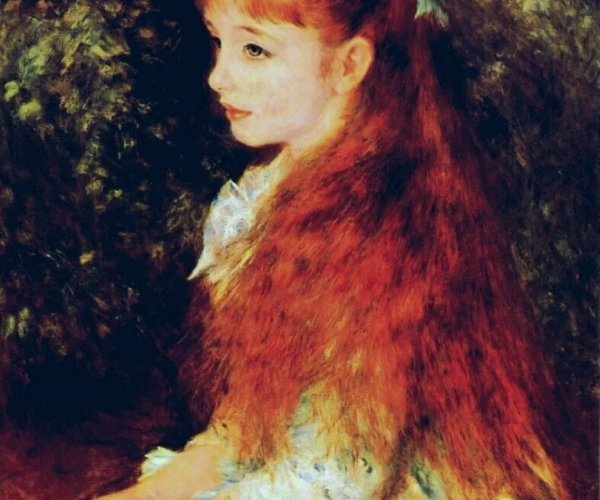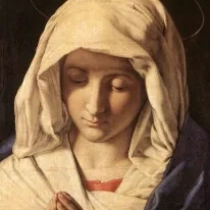Mlle Irene Cahen DAnvers
"Mlle Irene Cahen d'Anvers," a mesmerizing portrait by Pierre-Auguste Renoir, stands as a testament to the artist's mastery in Impressionism. Painted in 1880, this work captures the essence of a young Parisian girl, Irene Cahen d'Anvers, with a delicacy and intimacy that is quintessentially Renoir. The artist's skillful use of color and light breathes life into the canvas, making it more than just a portrait; it becomes a narrative of youth and timelessness.
Renoir's brushstrokes are fluid and free, typical of the Impressionist movement, which sought to break away from the rigid structures of academic painting. The soft, almost dream-like quality of the painting is achieved through these loose, yet deliberate strokes, which blend the figure harmoniously with her surroundings. This technique not only emphasizes the ephemeral beauty of childhood but also reflects the transient moments that Impressionism sought to capture.
The choice of colors in the painting is noteworthy. Renoir uses a palette of gentle pastels, which gives the artwork a warm, inviting glow. The light pinks and blues used for Irene's dress and the background respectively, are not just aesthetically pleasing but also serve to highlight the innocence and gentility of the subject. The way light plays across the fabric of her dress and the intricate details of her golden hair demonstrate Renoir's fascination with capturing the effects of light.
Interestingly, the painting goes beyond mere representation. It speaks to the viewer about the social and cultural contexts of the era. Irene, belonging to a wealthy Jewish banking family, is portrayed with an air of aristocratic elegance, a reflection of the societal upper echelons of Paris in the late 19th century. This painting, therefore, is not just a personal portrait but a window into the broader narrative of French society during the Impressionist era.
In conclusion, "Mlle Irene Cahen d'Anvers" is a masterpiece that encapsulates the spirit of Impressionism through Renoir's expert handling of light, color, and brushwork. It's more than a depiction; it's a celebration of youth, beauty, and the fleeting moments of life, captured forever on canvas. The painting remains a significant piece in understanding Renoir's work and the broader Impressionist movement, a beautiful blend of personal expression and the reflection of an era.







No Comments Yet...